News
Last News Items
 Detection of an interface-specific coherent phonon mode – Publication by B5 (Höfer/Mette), A1 (Stolz) and A5 (Volz) in Advanced Materials Interfaces9. February 2025 - 11:29
Detection of an interface-specific coherent phonon mode – Publication by B5 (Höfer/Mette), A1 (Stolz) and A5 (Volz) in Advanced Materials Interfaces9. February 2025 - 11:29 Ultrafast switching of trions in 2D materials by terahertz photons – Publication by B9 (Malic) in Nature Photonics23. September 2024 - 09:32
Ultrafast switching of trions in 2D materials by terahertz photons – Publication by B9 (Malic) in Nature Photonics23. September 2024 - 09:32 The International Conference on Internal Interfaces, ICII-24, was held in Marburg19. September 2024 - 14:14
The International Conference on Internal Interfaces, ICII-24, was held in Marburg19. September 2024 - 14:14 35. Erfinderlabor: Scientific curiosity of the next Generation4. June 2024 - 08:55
35. Erfinderlabor: Scientific curiosity of the next Generation4. June 2024 - 08:55 Synthesis of 2D Gallium Sulfide with Ultraviolet Emission by MOCVD – Publication by A4 (Gottfried), A5 (Volz), A14 (Volz) and B2 (Chatterjee) in Small25. May 2024 - 15:04
Synthesis of 2D Gallium Sulfide with Ultraviolet Emission by MOCVD – Publication by A4 (Gottfried), A5 (Volz), A14 (Volz) and B2 (Chatterjee) in Small25. May 2024 - 15:04 Probing electron-hole Coulomb correlations in the exciton landscape of a twisted semiconductor heterostructure – Publication by B9 (Malic) in Science Advances7. February 2024 - 12:00
Probing electron-hole Coulomb correlations in the exciton landscape of a twisted semiconductor heterostructure – Publication by B9 (Malic) in Science Advances7. February 2024 - 12:00 Heteroepitaxy in Organic/TMD Hybrids and Challenge to Achieve it for TMD Monolayers: The Case of Pentacene on WS2 and WSe2 – Publication by A2 and B58. January 2024 - 10:06
Heteroepitaxy in Organic/TMD Hybrids and Challenge to Achieve it for TMD Monolayers: The Case of Pentacene on WS2 and WSe2 – Publication by A2 and B58. January 2024 - 10:06 Layer-by-layer deposition of organic molecules controlled by selective click reactions – Publication by A8 (Koert/Dürr) in Chemistry of Materials 23. December 2023 - 14:48
Layer-by-layer deposition of organic molecules controlled by selective click reactions – Publication by A8 (Koert/Dürr) in Chemistry of Materials 23. December 2023 - 14:48 Enhanced Circular Dichroism and Polarized Emission in an Achiral, Low Band Gap Bismuth Iodide Perovskite Derivative5. October 2023 - 11:25
Enhanced Circular Dichroism and Polarized Emission in an Achiral, Low Band Gap Bismuth Iodide Perovskite Derivative5. October 2023 - 11:25 34. Erfinderlabor: Scientific curiosity of the next Generation1. August 2023 - 14:34
34. Erfinderlabor: Scientific curiosity of the next Generation1. August 2023 - 14:34
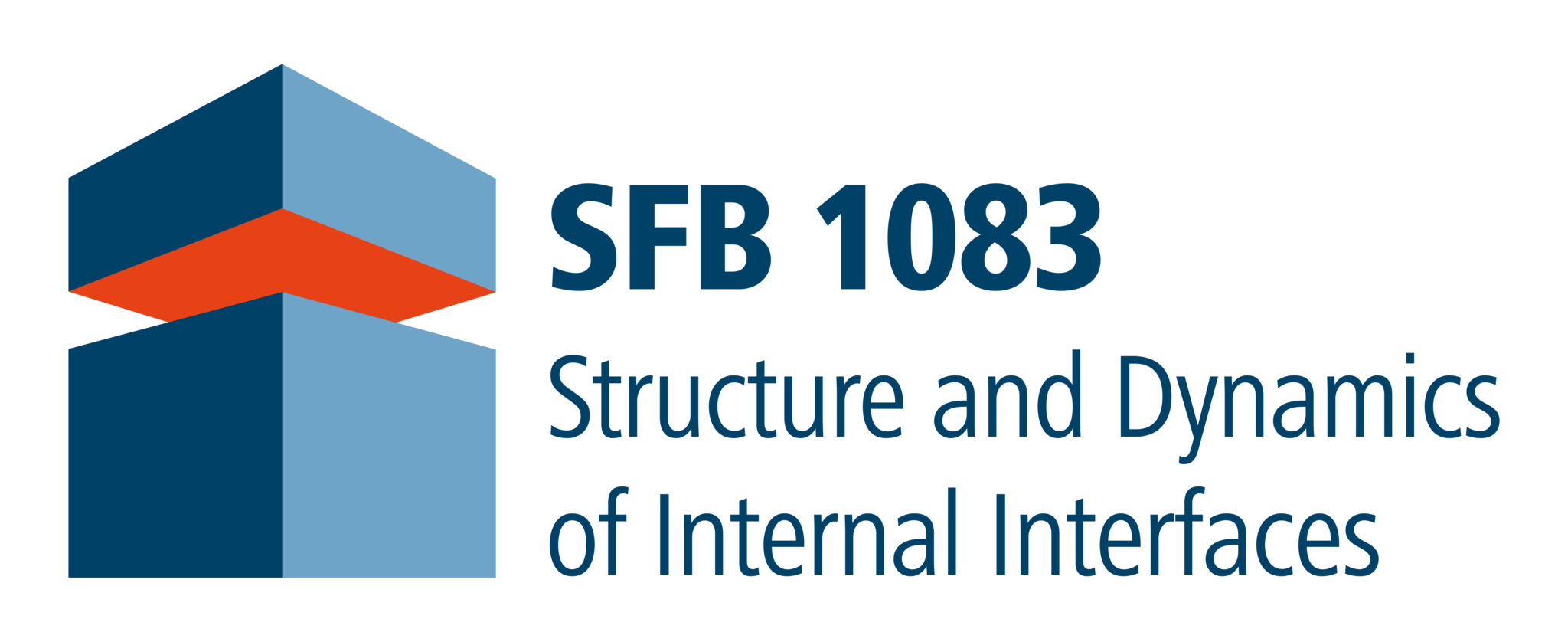
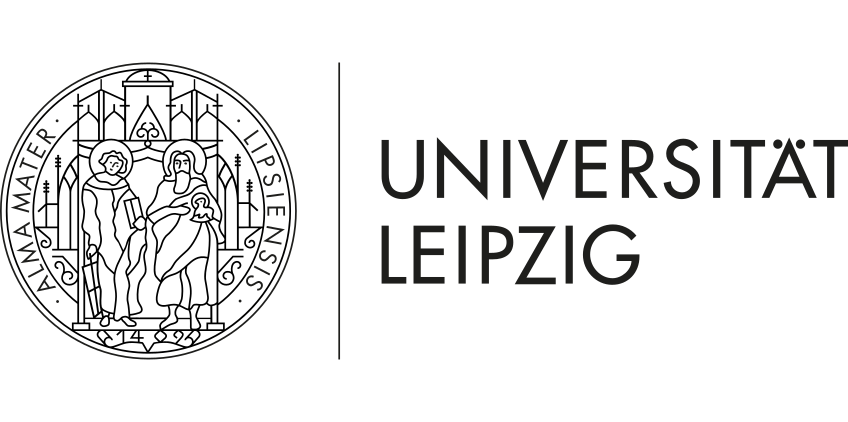
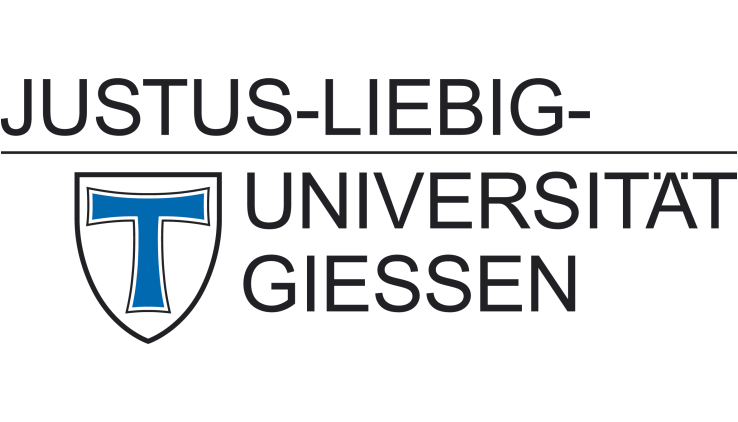


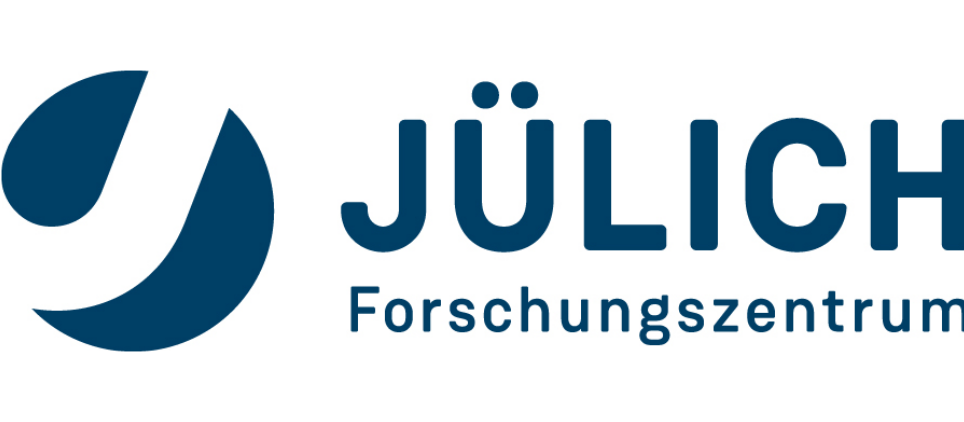
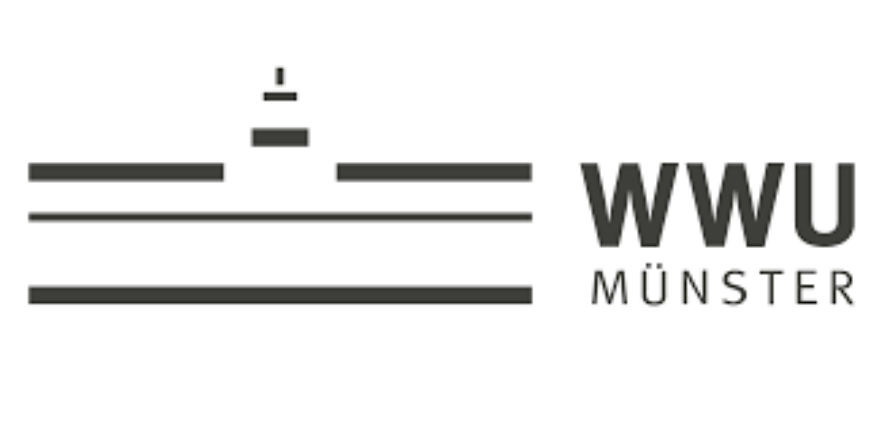
Tracing orbital images on ultrafast time scales – Publication by B6 (Höfer/Wallauer) and A12 (Tautz/Bocquet/Kumpf) in Science
/in News /by sfb1083Robert Wallauer and coworkers combined a high harmonic laser source with an electron momentum microscope to record orbital images of the charge transfer at an organic/metal interface with femtosecond time resolution.
Excitation scheme for time-resolved photoemission orbital tomography. (b) Measured LUMO momentum maps for three selected delay times between pump and probe pulse. (c) Scheme of intramolecular and substrate-to-molecule excitation pathways. The LUMO pattern of the 0° molecule in (b) is seen to light up faster due to resonant HOMO-LUMO excitation than that of the 90° populated across the CuO Interface. From Wallauer et al, Science 371 (2021) 1056. Reprinted with permission from AAAS.
The microscopic charge-transfer dynamics across molecular interfaces is reflected in the population of electronic orbitals. These were, for the first time, directly monitored with ultrafast time resolution in a joint experimental effort of B6 (Höfer/Wallauer) in Marburg and A12 (Tautz/Bocquet/Kumpf) in Jülich. The experiment records the full two-dimensional intensity distribution of photoemitted electrons in momentum space in a femtosecond pump-probe scheme. Real-space electron distributions and photoemission momentum maps, called orbital tomographs, are related by a Fourier transform.
The model interface PTCDA/CuO/Cu(100) exhibits two distinct excitation pathways for the PTCDA molecule. The parallel component of the electric field of the pump pulse makes a direct HOMO-LUMO transition, while the perpendicular component transfers an electron from the metal across the atomically thin CuO spacer into the molecular LUMO. Once excited, the LUMO decays with a lifetime of 250 fs, independent of the excitation pathway. Real-space electron distributions and photoemission momentum maps, called orbital tomographs, are related by a Fourier transform (Photoemission Orbital Tomography, Wikipedia).
In the future, the new experimental capability is expected to facilitate the microscopic understanding of charge-transfer and exciton-formation processes at several other classes of organic heterointerfaces with unprecedented detail, including interfaces between 2D semiconductors and layered organic molecular structures.
Video: Ultrafast orbital tomography PTCDA molecules on a copper oxide surface are used as a probe. An electron of a molecule is excited by a laserpulse into another orbital and changes its spatial allocation. The electron in the excited orbital has a limited lifetime, which can be measured by ultrafast orbital tomography. Copyright: Sonderforschungsbereich 1083 / Till Schürmann
Informational Material
– Joint press release of the universities of Marburg and Graz and the FZ Jülich (available in English and German).
– News, Philipps-Universität Marburg (in German).
– News, Universität Graz, Österreich (in German).
Publication
R. Wallauer, M. Raths, K. Stallberg, L. Münster, D. Brandstetter, X. Yang, J. Güdde, P. Puschnig, S. Soubatch, C. Kumpf, F.C. Bocquet, F.S. Tautz, U. Höfer
Tracing orbital images on ultrafast time scales
Science 371 (2021) 1056 DOI:10.1126/science.abf3286
Contact
Prof. Dr. Ulrich Höfer
Philipps-Universität Marburg
SFB 1083, project B6
Tel.: +49 6421 28-24215
ulrich.hoefer@physik.uni-marburg.de
Prof. Dr. Stefan Tautz
FZ Jülich
PGI, Experimental Physics, project A12
Tel.: +49 (0)2461 61-4561
s.tautz@fz-juelich.de
New Two-Dimensional Materials by Design – Publication by A11 (Heine) and B2 (Chatterjee)
/in News /by sfb1083Johanna Heine and Sangam Chatterjee break boundaries in two-dimensional materials’ design towards enhanced light-harvesting and emitting capabilities of hybrid perovskites
Adapted from Klement et al. (full citation see below) licensed by CC BY-NC-ND 4.0.
Low-dimensional organic−inorganic perovskites synergize the virtues of organic perovskites and inorganic two-dimensional (2D) materials featuring intriguing possibilities for next-generation optoelectronics: they offer tailorable building blocks for atomically thin, layered materials while providing the enhanced light-harvesting and emitting capabilities. However, the quest for new materials is limited by the generally-accepted paradigm that atomically thin materials require covalent in-plane bonding.
The groups of Dr. Heine (A11) and Prof. Chatterjee (B2) within the SFB 1083 lift this apparent paradigm and report single layers of the 1D organic–inorganic perovskite [C7H10N]3[BiCl5]Cl. Its unique 1D–2D interface structure enables single layers and the formation of self-trapped excitons, which show white-light emission. The thickness dependence of the emission energy may enable facile color tuning for next-generation lighting and display technologies.
This class of materials enables interface-controlled device integration of brightly luminescent 1D and 0D hybrid perovskites and offers a promising pathway for the non-covalent functionalization of classical 2D materials through heterostructures.
For further information, please see the press release by the Philipps-Universität Marburg (in German).
Publication
P. Klement, N. Dehnhardt, C.‐D. Dong, F. Dobener, S. Bayliff, J. Winkler, D.M. Hofmann, P.J. Klar, S. Schumacher, S. Chatterjee, J. Heine
Atomically Thin Sheets of Lead‐Free 1D Hybrid Perovskites Feature Tunable White‐Light Emission from Self‐Trapped Excitons
Adv. Mater. (2021) DOI:10.1002/adma.202100518
Contact
Dr. Johanna Heine
Philipps-Universität Marburg
SFB project A11
Tel.: 06421 28-22425
EMAIL
Prof. Dr. Sangam Chatterjee
Justus-Liebig-Universität Gießen
SFB project B2
Tel.: 0641 99-33100
EMAIL
Vibrational Frequency Used as Internal Clock Reference to Access Molecule-Metal Charge-Transfer Times – Publication by A3 (Jakob)
/in News /by sfb1083Peter Jakob and Sebastian Thussing derived ultrafast charge-transfer times at molecule-metal interfaces using the vibrational oscillation period as an internal clock reference
Interfacial dynamical charge transfer at the molecule-metal interface, associated with non-adiabatic electron-vibron coupling leads to vibrational bands displaying characteristic asymmetric line shapes. Copyright by SFB1083.
Dynamical charge-transfer processes at molecule-metal interfaces proceed in the few fs timescale that renders them highly relevant to electronic excitations in optoelectronic devices. This is particularly true when electronic ground state situations are considered that implicate charge transfer directly at the fermi energy.
Prof. Jakob and Dr. Thussing showed that such processes can be accessed by means of vibrational excitations, with nonadiabatic electron-vibron coupling leading to distinct asymmetric line shapes. Thereby the characteristic timescale of this interfacial dynamical charge transfer can be derived by using the vibrational oscillation period as an internal clock reference.
Publication
P. Jakob, S. Thussing
Vibrational Frequency used as Internal Clock Reference to access Molecule — Metal Charge Transfer Times
Phys. Rev. Lett. 126 (2021) 116801 DOI:10.1103/PhysRevLett.126.116801
Contact
Prof. Dr. Peter Jakob
Philipps-Universität Marburg
SFB project A3
Tel.: 06421 28-24328
EMAIL
Engineering of TMDC-OSC Hybrid Interfaces: The Thermodynamics of Unitary and Mixed Acene Monolayers on MoS2 – Publication by A2 (Witte) and A4 (Gottfried)
/in News /by sfb1083In a new publication in Chemical Science, projects A2 (Witte) and A4 (Gottfried) report on the intricate desorption characteristics of pentacene (PEN) and perfluoropentacene (PFP) monolayers on the MoS2 surface. Unitary molecular monolayers are thermally stabilized by entropy due to their high mobility rather than the organic/inorganic interface bond, which hampers the formation of close-packed and well-ordered monolayers.
Schematic representation of characteristic TPD traces and the temperature-dependent molecular diffusivity of unitary PEN films (left hand side) and the stabilized mixed PEN:PFP monolayer (right hand side) on MoS2 (Image: P. Dombrowski). Copyright by CC-BY-NC 3.0.
Van der Waals (vdW) bound hybrid heterosystems of inorganic two-dimensional materials (2DMs) and OSCs are currently receiving great attention due to their promising characteristics for the fabrication of flexible electronics and ultra-thin devices. While prototypical devices with 2DM-OSC hybrid heterostructures have been realized, the fundamental understanding of the 2DM-OSC interface is lacking. In their new study, the authors were able to thoroughly unravel the interplay of interface and intermolecular interactions and their effect on the structure and thermal stability of molecular monolayers.
Through temperature-programmed desorption (TPD) experiments, it was shown that the first molecular layers of PEN and PFP on MoS2 are thermally more stable than subsequent molecular layers in spite of an interface bond that is weaker than the molecular interlayer bond. This is possible due to an entropic stabilization that can only occur if the molecular adlayer is highly mobile. Thus, if the first molecular layer is only stabilized by its mobility, it cannot be well-ordered and close-packed even at low temperatures as low as 100 K. The high molecular diffusivity in the gas-like unitary PEN and PFP monolayers was identified by Monte-Carlo simulations: Intermolecular repulsion of intrinsic molecular electrostatic quadrupole moments, in combination with a weak substrate interaction, prohibits the formation of a condensed molecular monolayer.
By introducing attractive intermolecular interactions, condensation of the molecular films is favored. This was achieved in mixed monolayers of PEN and PFP that adopt a well-ordered stoichiometric 1:1 intermixture. In spite of a reduced mobility, the mixed monolayer is thermally stabilized with respect to the bulk substance due to the attractive intermolecular forces and can therefore be fabricated by selective multilayer desorption. This provides a promising prospect for the fabrication and subsequent study of well-defined 2DM-OSC interfaces for future studies within SFB 1083.
Publication
S.R. Kachel, P.-M. Dombrowski T. Breuer, J.M. Gottfried, G. Witte
Engineering of TMDC–OSC hybrid interfaces: the thermodynamics of unitary and mixed acene monolayers on MoS2
Chem Sci. (2021) DOI:10.1039/D0SC05633B
Contact
Prof. Dr. Gregor Witte
Philipps-Universität Marburg
SFB 1083, project A2
Tel.: +49 6421 28-21 384
EMAIL
Prepare with Care: Low Contact Resistance of Pentacene Field-Effect Transistors with Clean and Oxidized Gold Electrodes – Publication by A2 (Witte)
/in News /by sfb1083In a new publication in Organic Electronics, project A2 (Witte) reports on the establishment of a complete high vacuum-based manufacturing and electronic characterization of organic field effect transistors (OFET).
Photograph and force microscopy image of the vacuum-processed OFETs, which enables their electrical characterization without exposing the devices to air (Image: Y. Radiev). Reprinted from Radiev et al, Prepare with Care: Low Contact Resistance of Pentacene Field-Effect Transistors with Clean and Oxidized Gold Electrodes, Org. Electron. 89 (2021) 106030, Copyright 2021, with permission from Elsevier.
The electronic coupling between OSC and metallic electrodes is of key importance for the efficiency of charge carrier injection in organic electronic devices, such as OFETs or photovoltaic cells, as it determines their idle power. Surface science-based model studies have mainly focused on the energy level alignment at such metal-organic interfaces without measuring real contact resistances, while device studies are typically performed without any microscopic structural and electronic interface characterization. In the present work, the authors introduced a high vacuum-based manufacturing of bottom contact OFETs that enables cleaning and controlled modification of metal contacts before the organic film deposition. This approach not only excludes any exposure to air, it also allows to examine the influence of controlled exposure to air on the device characteristics.
Using the example of the prototypical OSC pentacene it is demonstrated that FET structures with thoroughly cleaned gold electrodes reveal a remarkably low contact resistance. This can be further improved if the electrodes are O2 plasma treated before the pentacene film growth, which results in a thin gold oxide layer and yields one of the lowest contact resistances ever reported for this system. It is shown that this not only causes an improved energy level alignment at the metal-organic interface but also suppresses a pronounced dewetting. In addition, it was demonstrated that controlled exposure to air – even for a short time – significantly affects the device performance.
The present study is an important milestone as it enables detailed electronic transport measurements through metal-OSC interfaces with poly- and single crystal organic semiconductors. This work paves the way for a knowledge transfer about the properties of idealized model interfaces to real electronic devices applications.
Publication
Yurii Radiev, Felix Widdascheck, Michael Göbel, Alrun Aline Hauke and Gregor Witte,
Prepare with Care: Low Contact Resistance of Pentacene Field-Effect Transistors with Clean and Oxidized Gold Electrodes
Org. Electron. 89 (2021) 106030 DOI:10.1016/j.orgel.2020.106030
Contact
Prof. Dr. Gregor Witte
Philipps-Universität Marburg
SFB 1083, project A2
Tel.: 06421 28-21384
EMAIL
Prof. Dr. F.S. Tautz won a price at „Falling Walls – The World Science Summit“
/in News /by sfb1083At „Falling Walls – The World Science Summit“ during the Berlin Science Week, Prof. Dr. F.S. Tautz, PI of SFB project A12 (Tautz/Bocquet/Kumpf), was declared the winner in the category „Engineering and Technology“ with his contribution „Breakting the Wall of Building with Molecules“.
„Falling Walls“ is an event that brings together some of the best researchers of the world, discussing and celebrating the latest breakthroughs in science and society since over 10 years. The breakthroughs represent significant advances, groundbreaking developments and innovative ideas stretching over ten different categories.
Falling Walls 2020 during the Berlin Science Week. Copyright by Falling Walls Foundation.
Prof. Tautz (SFB project A12) submitted his 5-min long nomination film (link see below) in the category “Engineering and Technology” titled “Breaking the Wall of Building with Molecules”. In this video, Prof. Tautz gives a short insight into his research. Although manipulating atoms on surfaces is already performed for several years, researchers are struggling with moving and arranging molecules. He explains how an artificial intelligence was trained by reinforcement learning in reality and in model systems at the same time. Consequently, the agent got highly adaptive and become able to successfully manipulate molecules.
With this technique, targeted fabrication of molecular machines can be achieved giving rise to new promising technologies with high-level functionalities. Winning this price is not only a great honor for Prof. Tautz, but also represents the high importance and appreciation of the SFB’s research.
For further details, see the nomination film.
Contact
Prof. Dr. Stefan Tautz
FZ Jülich, SFB project A12
PGI, Experimental Physics
Tel.: +49 (0)2461 61-4561
EMAIL
Super-resolution lightwave tomography of electronic bands in quantum materials – Publication by B4
/in News /by sfb1083The researchers developed a method, which was published in Science, to reconstruct the band structure of quantum materials with very high precision
A light flash (yellow) induces the movement of electrons in the band structure (red curve) resulting in the formation of localized electronic interference combs (peaks). The emitted radiation (red) enables the analysis of the electronic band structure. © Markus Borsch, University of Michigan, USA. Reprinted with permission from AAAS.
Stacking of two-dimensional (2D) materials yield promising properties for the development of new devices with outstanding functionality. However, detailed knowledge of the electronic structure is necessary to tailor their properties. Within the cooperation of Prof. Huber (Uni Regensburg), Prof. Kira (Uni Michigan) and Prof. Koch (Uni Marburg, project B4), a new method was developed enabling the reconstruction of the band structure of 2D materials.
The quantum material WSe2 was simultaneously excited by two laser pulses in the visible range and in the THz spectral range. The resonant excitation of the weak optical pulse and simultaneous irradiation with a strong THz pulse result in harmonic sideband generation (HSG) in the transmitted spectrum. Due to the wave-particle dualism of electrons, electronic interference combs evolve in momentum space (cf. Figure on the left). By analyzing multiple sideband spectra at different THz frequencies and intensities, it is possible to reconstruct the band structure with super-resolution.
This concept offers an all-optical and practical approach for a three-dimensional tomography of the electronic structure of small quantum materials as shown for WSe2. This work is a great extend to the research in the SFB as it provides the possibility to examine the electronic band structure of 2D materials, such as TMDCs, even under ambient conditions.
Publication
Super-resolution lightwave tomography of electronic bands in quantum materials
Science 370 (2020) 1204 DOI:10.1126/science.abe2112
Contact
Prof. Dr. Stephan W. Koch
Philipps-Universität Marburg
Department of Physics, Theoretical Semiconductor Physics
Renthof 5, 35032 Marburg
Tel.: 06421 28-21336
EMAIL
Lars Bannow and Benedikt P. Klein awarded the dissertation prize of Philipps-Universität Marburg
/in News /by sfb1083Congratulation to Dr. Lars Bannow and Dr. Benedikt P. Klein, PhD-students of the GRK 1782 (SW Koch) and the SFB project A4 (Gottfried), respectively, for being awarded a prize by Philipps-Universität Marburg for their excellent dissertations presented in 2019.
Lars Bannow, GRK 1782 (SW Koch) Foto: Paul Ndimande
In the thesis of Dr. Bannow with the title “Optical and Electronic Properties of Semiconductor Materials”, he investigates optical and electronic properties of novel semiconductor materials such as Ga(AsBi), In(AsBi) and the methylammonium (MA) perovskite MAPbI3. Using a combination of density functional theory calculation and semiconductor Bloch equations, a precise prediction of opto-electronic properties was possible at a minimum of experimental data. The examined materials are promising options for the fabrication of more efficient laser diodes and more economic solar cells.
Benedikt Klein, A4 (Gottfried)
In his thesis “The Surface Chemical Bond of Non-alternant Aromatic Molecules on Metal Surfaces”, Dr. Klein explores interfaces between model organic semiconductors and metals. He compares π-electron systems with alternant and non-alternant topologies and finds that the non-alternant topology leads to much stronger interfacial interactions. These studies pave the way to novel organic semiconductors with tailored properties and provide important insight into the bonding of non-alternant defect structures in graphene with metals.
See the news release of the Philipps-Universität Marburg for details of the event.
Directional ultrafast charge transfer in a TMDC heterostructure – Publication by B5 (Höfer/Mette)
/in News /by sfb1083In a new publication in Nanoscale Horizons, Zimmermann and coworkers introduce time-resolved SHG imaging microscopy as a new experimental method for investigating ultrafast charge-transfer processes in heterostructures of transition metal dichalcogenides.
Time- and polarization-resolved SHG microscopy in combination with pump-photon energy dependent measurements reveals ultrafast interlayer hole transfer from WSe2 to MoSe2 and vice versa. Copyright by CC BY 3.0.
Heterostructures of transition metal dichalcogenides (TMD) feature a type-II band alignment which can separate photoexcited electrons and holes into different layers through ultrafast charge transfer. While this charge transfer is essential for potential applications, the underlying mechanisms still remain elusive. Main drawbacks of previous experiments are insufficient time-resolution of the employed microscopy setups and deficiencies of linear optical spectroscopies to address individual layers of the heterostructure selectively.In their new approach, Zimmermann and coworkers have combined the advantages of time-resolved optical second-harmonic generation (SHG) with an optical microscopy setup. On the one hand, their method allows for pump-probe experiments in µm small structures with a superior time-resolution. On the other hand, the tensorial nature of the second-order nonlinear susceptibility allows them to distinguish the response from differently oriented layers to elucidate directional interlayer charge transfer as demonstrated for a rotationally mismatched WSe2/MoSe2 heterostructure. As their results show, the new approach is particularly suited to perform systematic investigations of the charge transfer in dependence of the rotational layer mismatch in TMD heterostructures.
Publication
J. E. Zimmermann, Y. D. Kim, J. C. Hone, U. Höfer, G. Mette
Directional ultrafast charge transfer in a WSe2/MoSe2 heterostructure selectively probed by time-resolved SHG imaging microscopy
Nanoscale Horizons 5 (2020) 1603 DOI: 10.1039/d0nh00396d
Contact
Dr. Gerson Mette
Philipps-Universität Marburg
SFB 1083 subproject B5
https://internal-interfaces.de/projects/B5
Tel.: +49 6421 28-24123
EMAIL
Van der Waals bound Organic Semiconductor/2D-Material Hybrid Heterosystems: Intrinsic Epitaxial Alignment of Perfluoropentacene Films on Transition Metal Dichalcogenides – Publication by A2 (Witte)
/in News /by sfb1083In a new publication in Chemistry of Materials project A2 (Witte) reports on the epitaxial alignment of crystalline perfluoropentacene (PFP) films on various transition metal dichalcogenides (TMDCs). This van der Waals epitaxy results in characteristic twist angles between substrate and film lattices, which are of particular interest for the optoelectronic coupling at the interface.
Epitaxial alignment of crystalline PFP films on the basal plane of MoS2 and WSe2 (Image: M. Dreher). Reprinted with permission from 2020, 32, 20, 9034-9043. Copyright 2020 American Chemical Society.
Two-dimensional (2D) materials are a subject of current research, because their different electronic properties as well as the ability to prepare films as thin as one monolayer opens up the prospect of producing new nanoscale heterostructures and devices. Of particular interest is the stacking of such films with controlled twist angle as it critically affects the electronic interface properties. A promising extension is the combination of TMDCs with organic semiconductors (OSC), as it allows to combine the high charge carrier mobility of the TMDCs with the OSC’s large photo-absorption cross section, which is beneficial for photovoltaic applications.
Using the example of the prototypical OSC PFP, Maximilian Dreher and coworkers analyzed in the present study the epitaxial alignment of the crystalline molecular adlayers on the basal plane of different TMDCs (MoSe2, WSe2, MoS2 MoTe2). By utilizing the optical anisotropy of PFP films, their azimuthal alignment was analyzed by means of polarization resolved reflection anisotropy. This sensitive and non-invasive method allows to characterize the epitaxial alignment even for thin films of few nanometers. The analysis yielded specific twist angles of the crystalline adlayer domains with respect to the substrate lattice, which are characteristic for the individual material combinations. Notably, the observed epitaxial order is not caused by any higher-order commensurability between substrate and adlayer, where individual molecules are bound to locally favorable adsorption sites. Instead, it results from an energetically favored alignment of the entire crystalline adlayer on the substrate surface and can be rationalized as an on-line coincidence. This peculiar epitaxy could also be theoretically modelled using a modified scheme of projection of real-space adlayer lattice points onto the substrate unit cell. In addition, the extreme sensitivity of this van der Waals epitaxy on small lattice distortions was demonstrated by films grown at slightly higher substrate temperature. Although raising the growth temperature by about 30 K yields only a small increase of the lattice constants of the PFP film due to thermal expansion in the order of a few hundredths of Angstrom, while the more rigid TMDC surface lattice is hardly affected, it causes a distinct change of the twist angle of more than 20°. The achieved epitaxial alignment and control of twist angles is an important mile stone and will be used in future studies on the optoelectronic adlayer-substrate coupling in OSC/TMDC hybrid systems within the SFB 1083.
Maximilian Dreher, Darius Günder, Steffen Zörb, and Gregor Witte
Van der Waals Bound Organic Semiconductor/2D-Material Hybrid Heterosystems: Intrinsic Epitaxial Alignment of Perfluoropentacene Films on Transition Metal Dichalcogenides
Chem. Mater. (2020) DOI:10.1021/acs.chemmater.0c03482
Contact
Prof. Dr. Gregor Witte
Philipps-Universität Marburg
SFB 1083 project A2
Tel.: 06421 28-21384
EMAIL